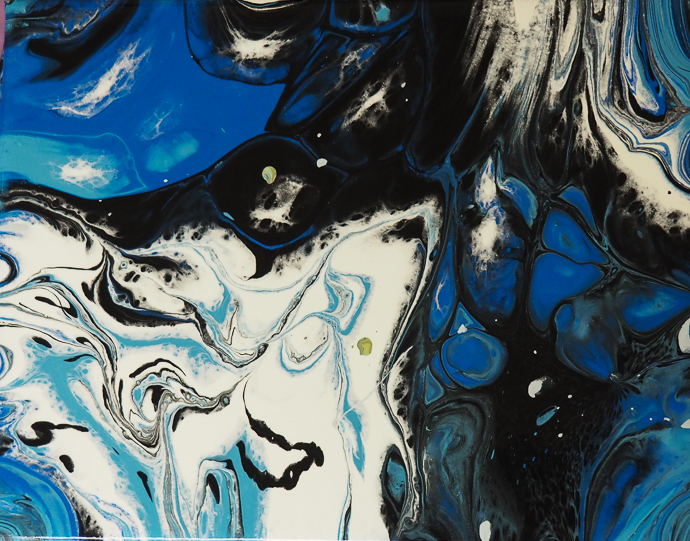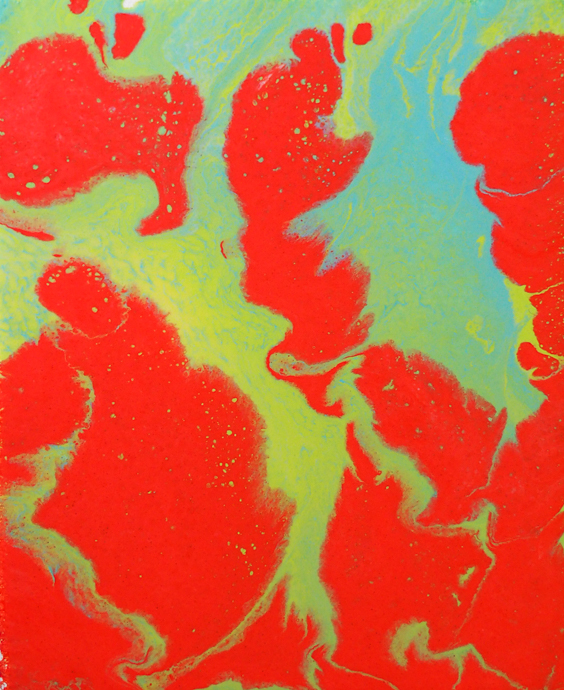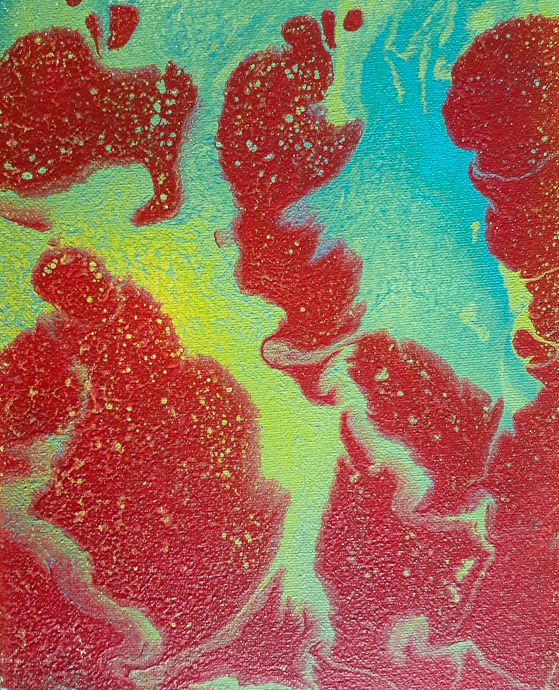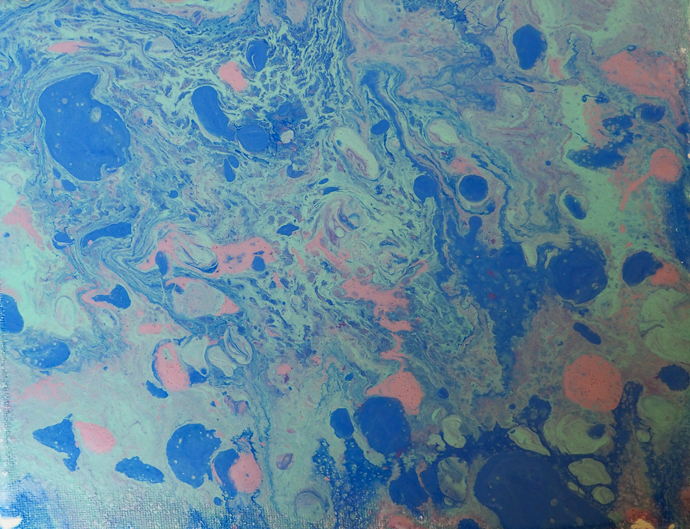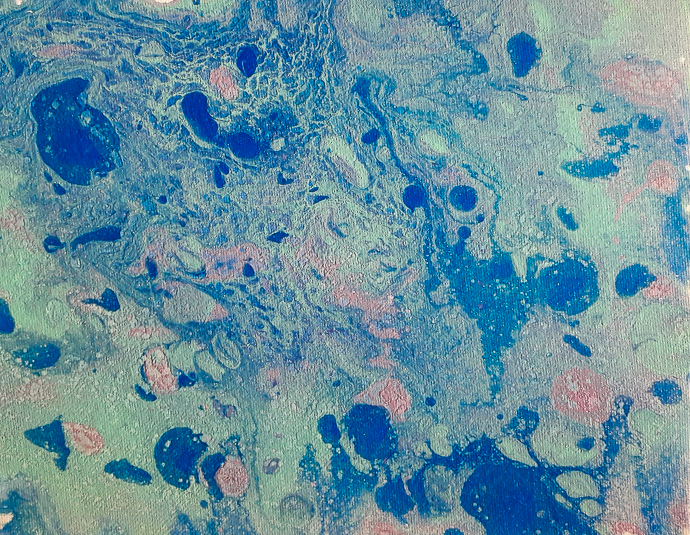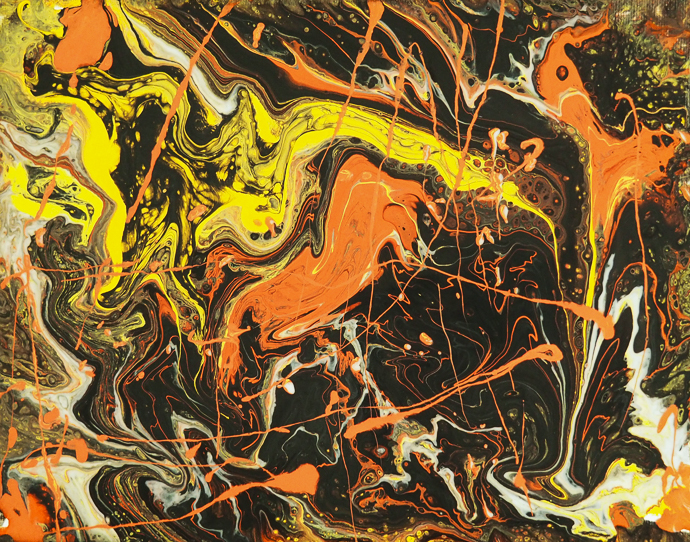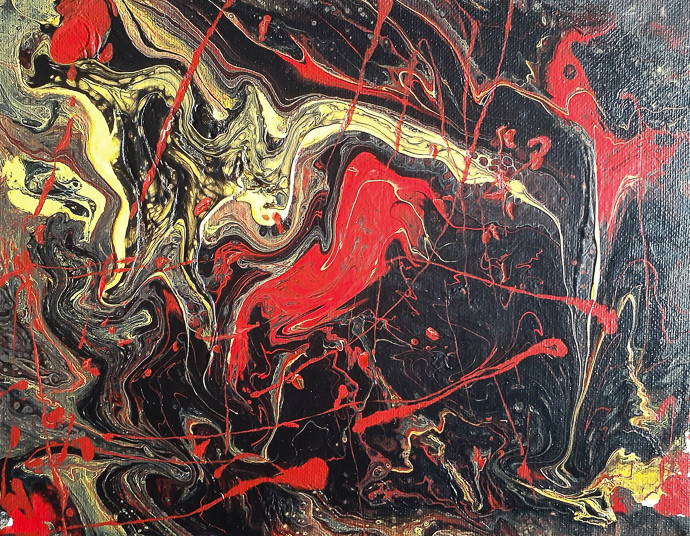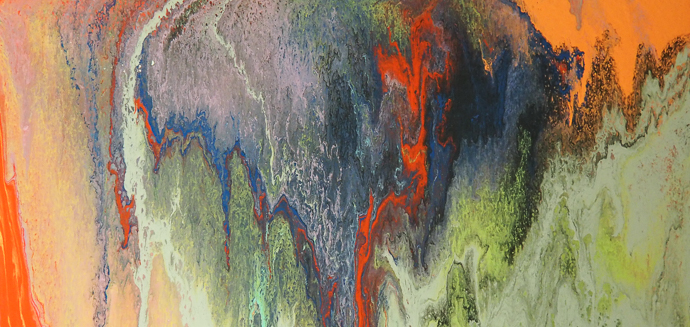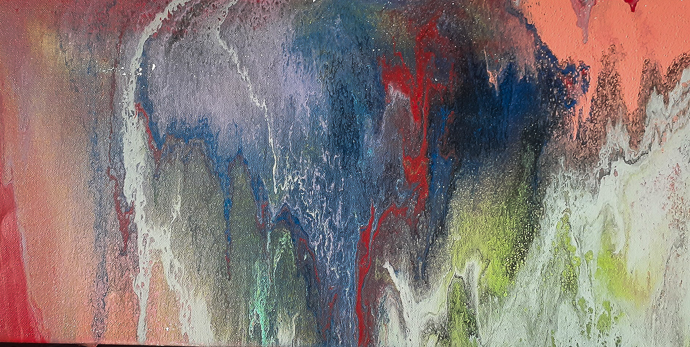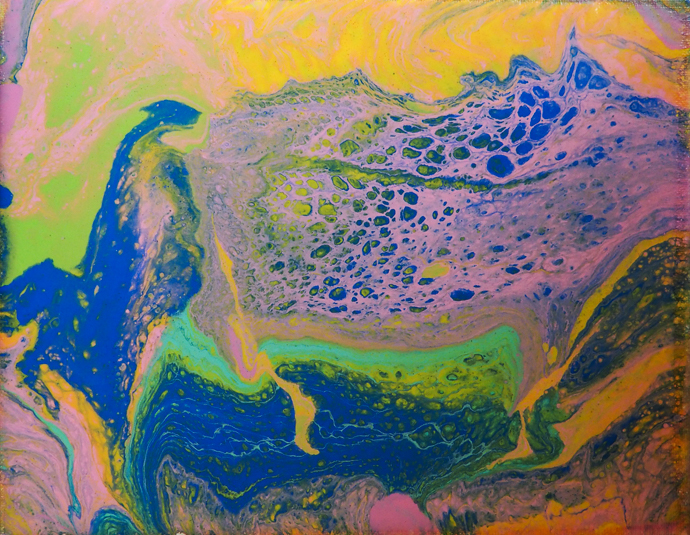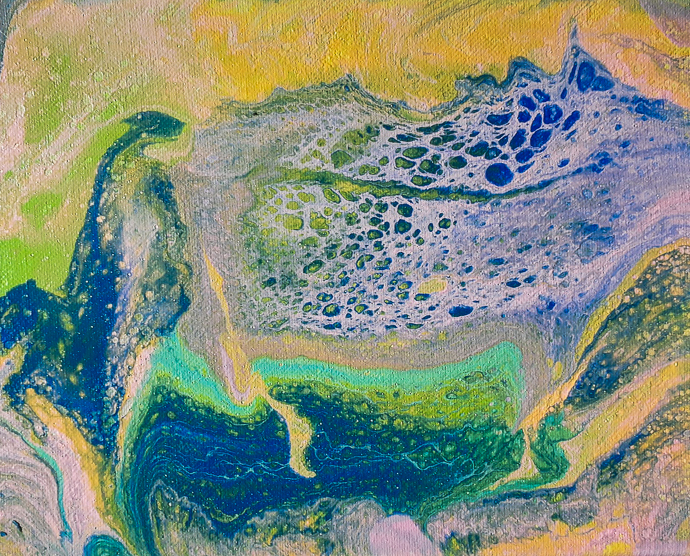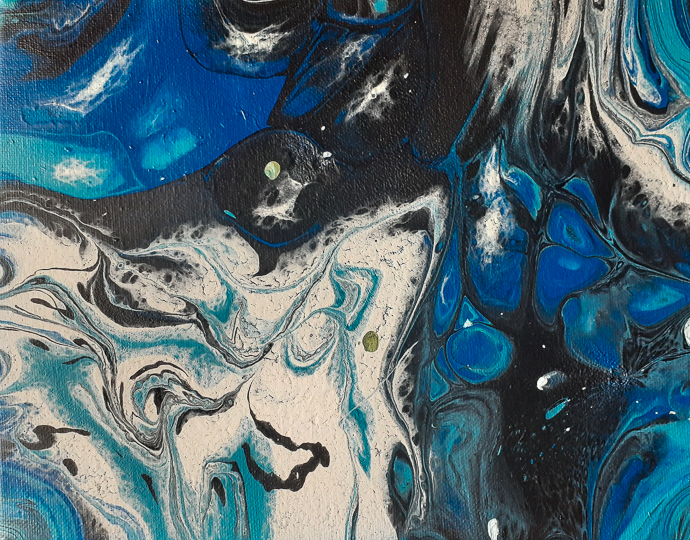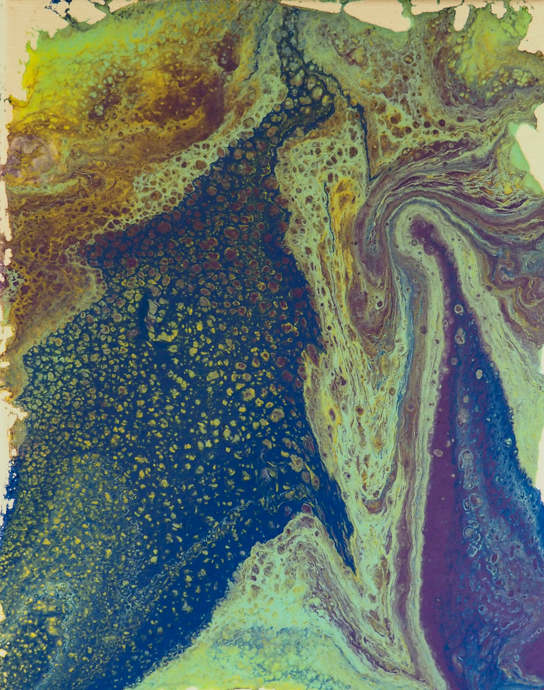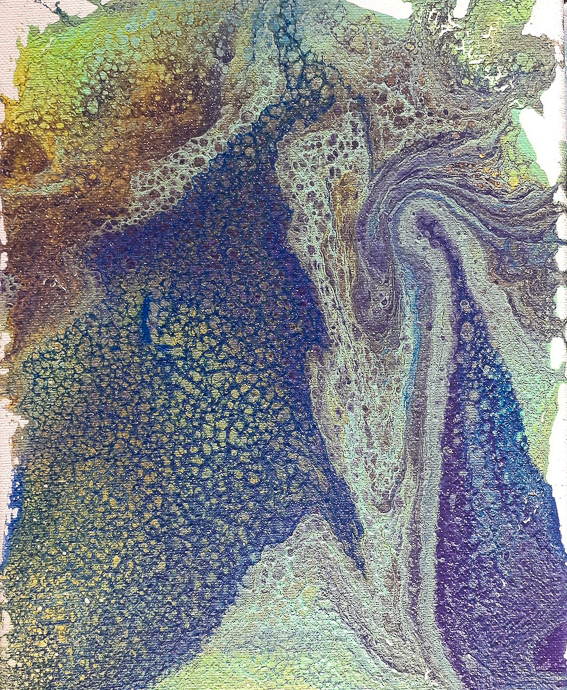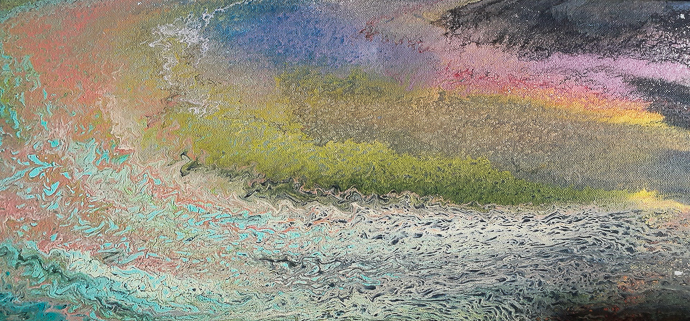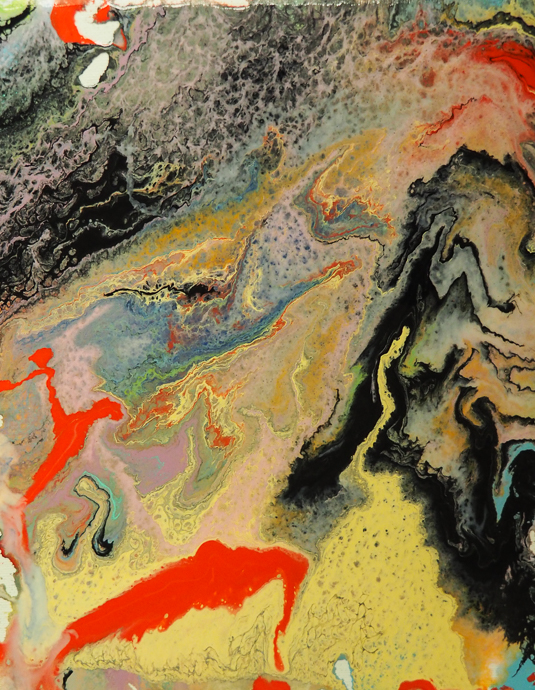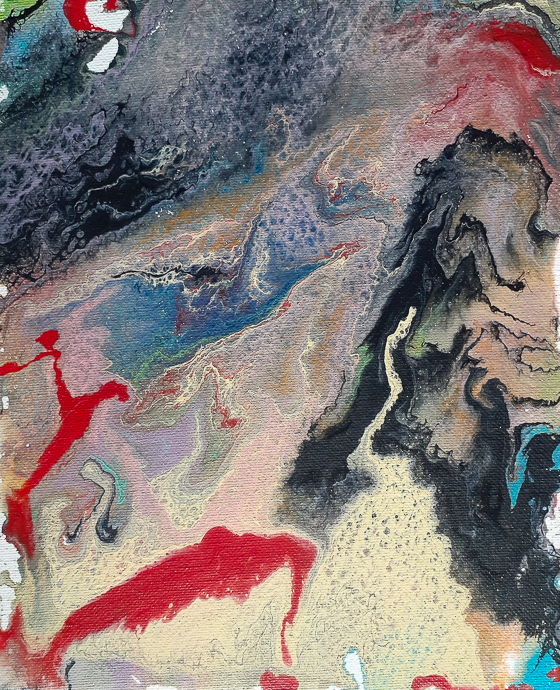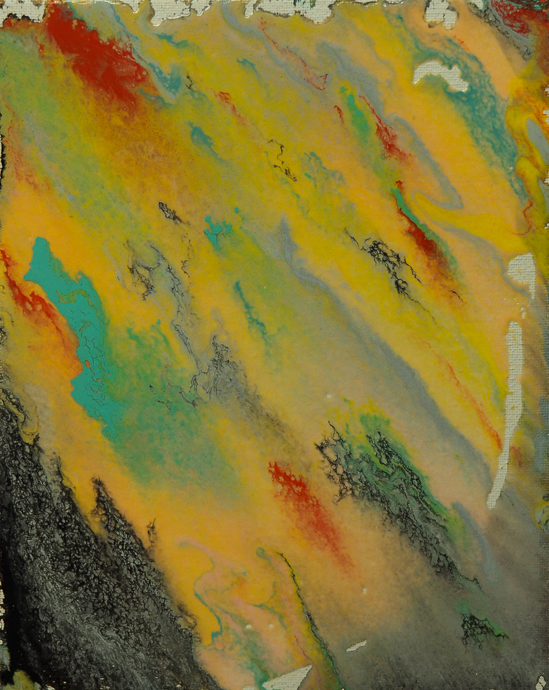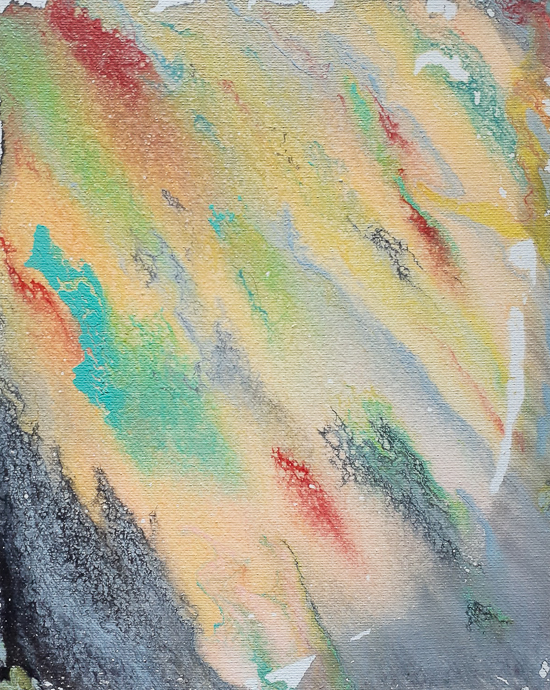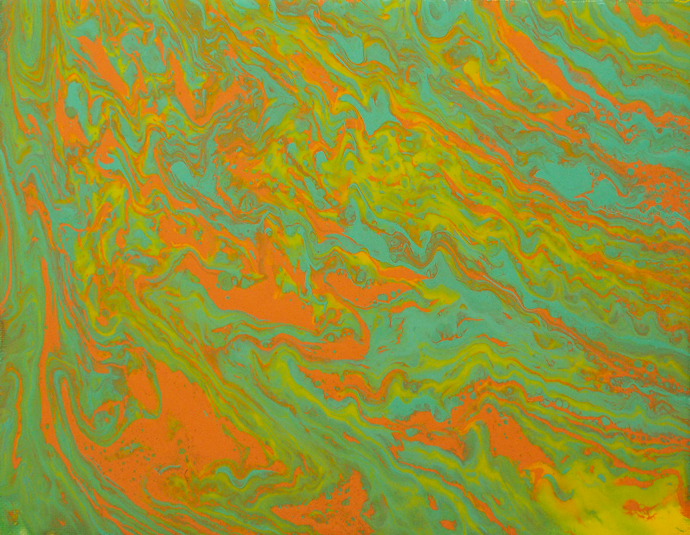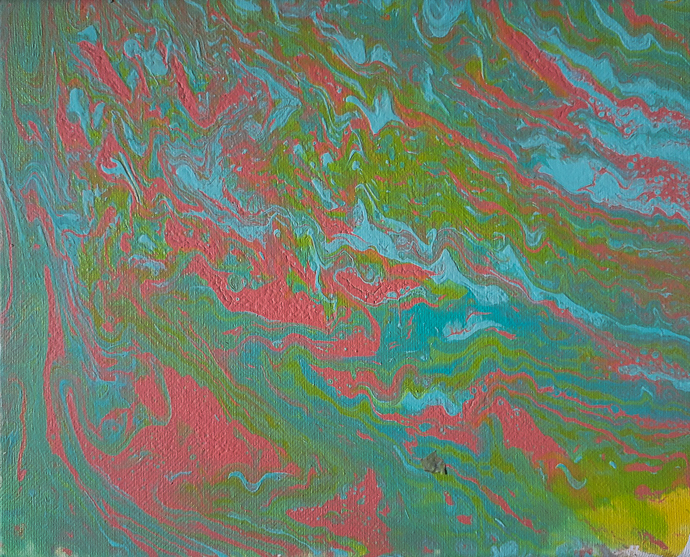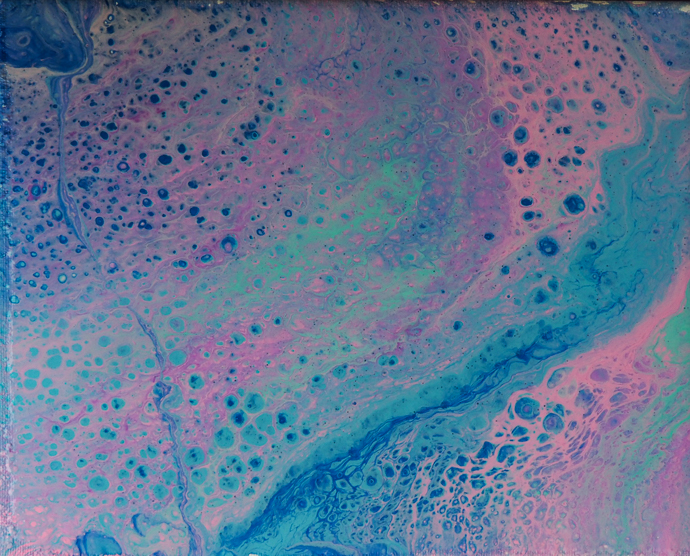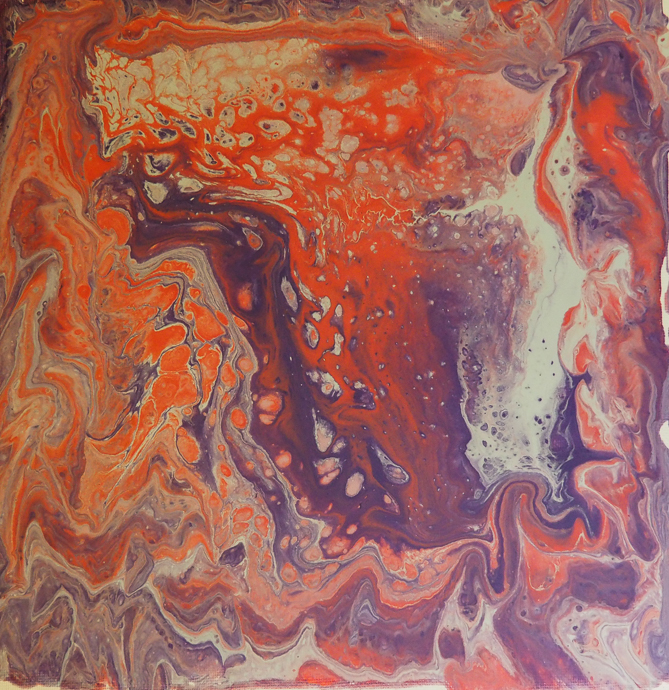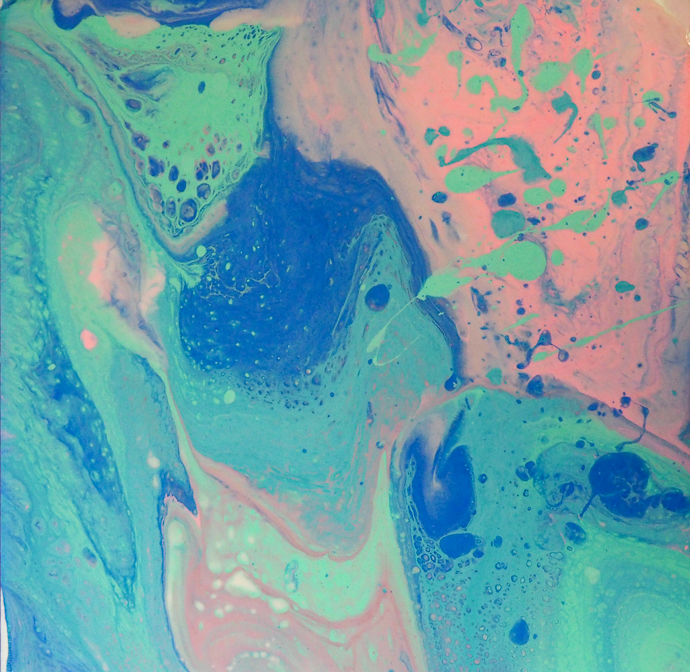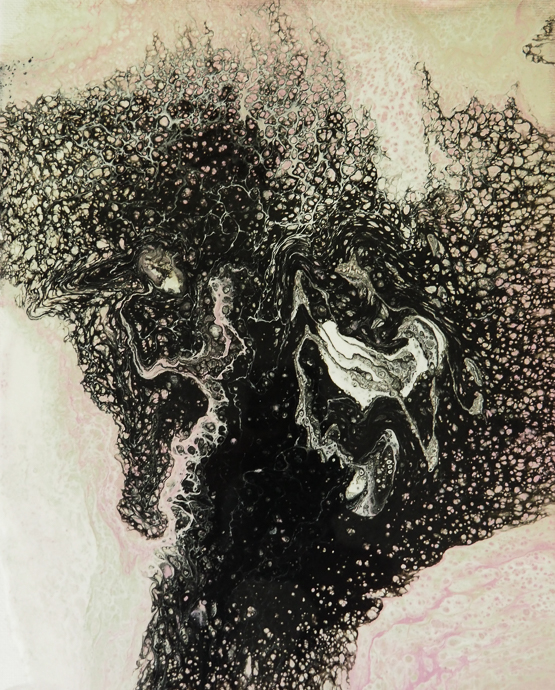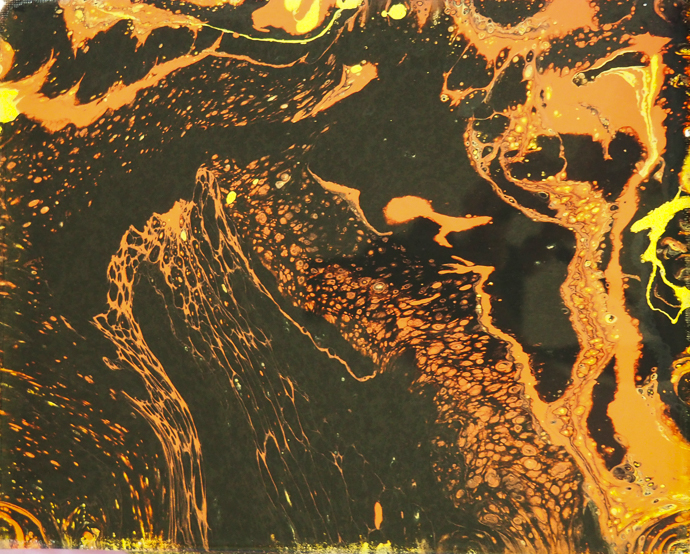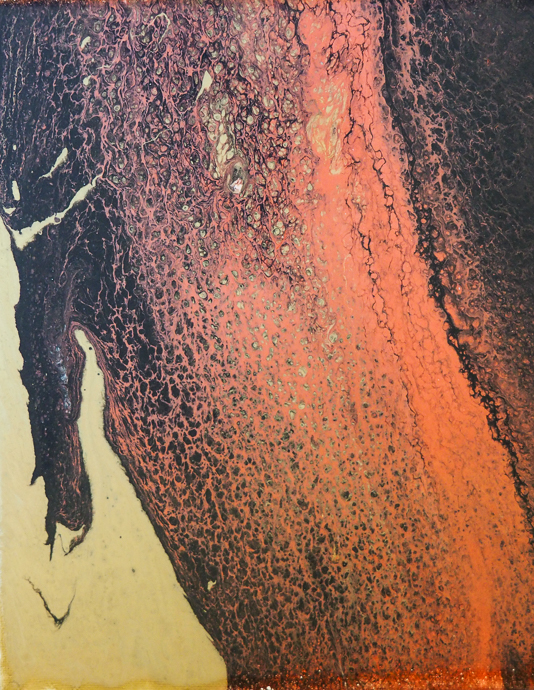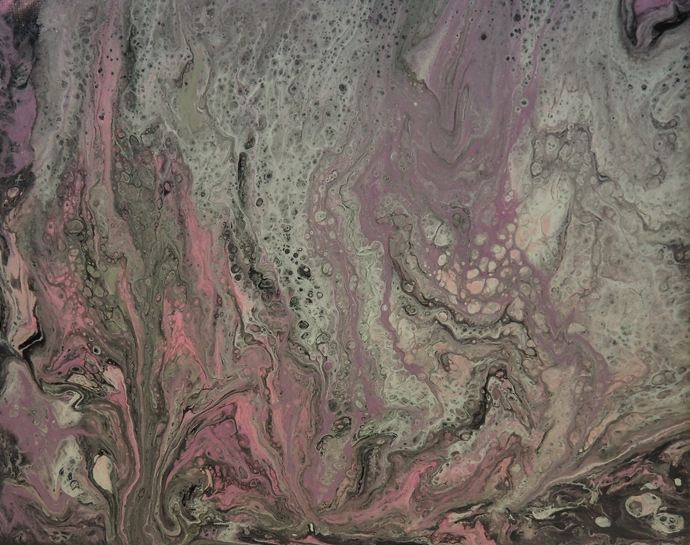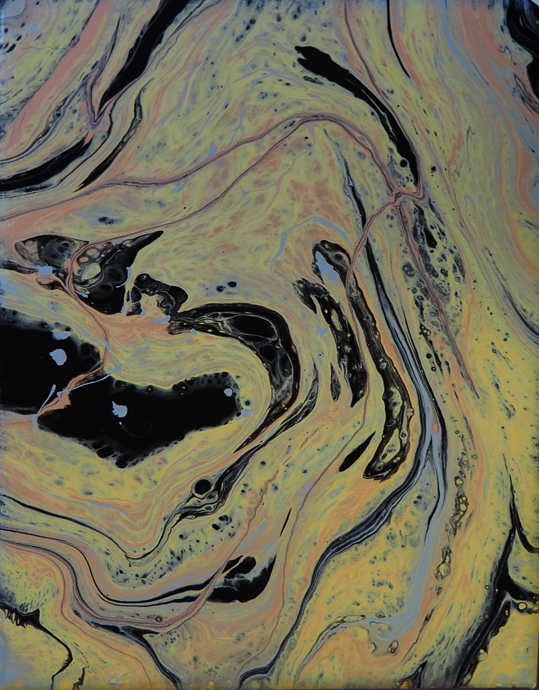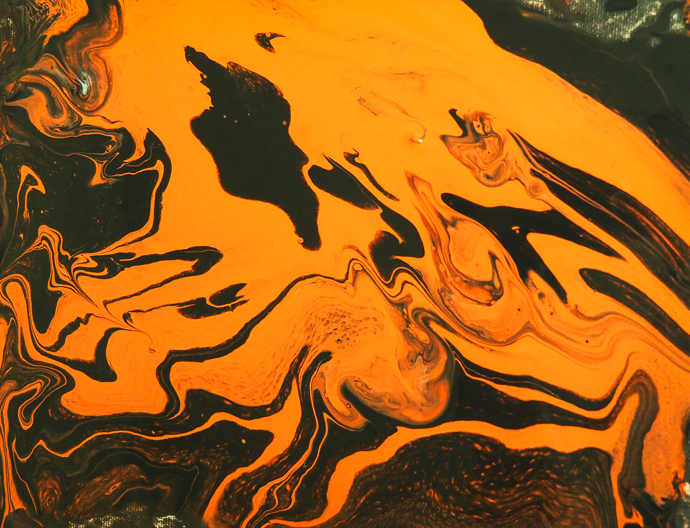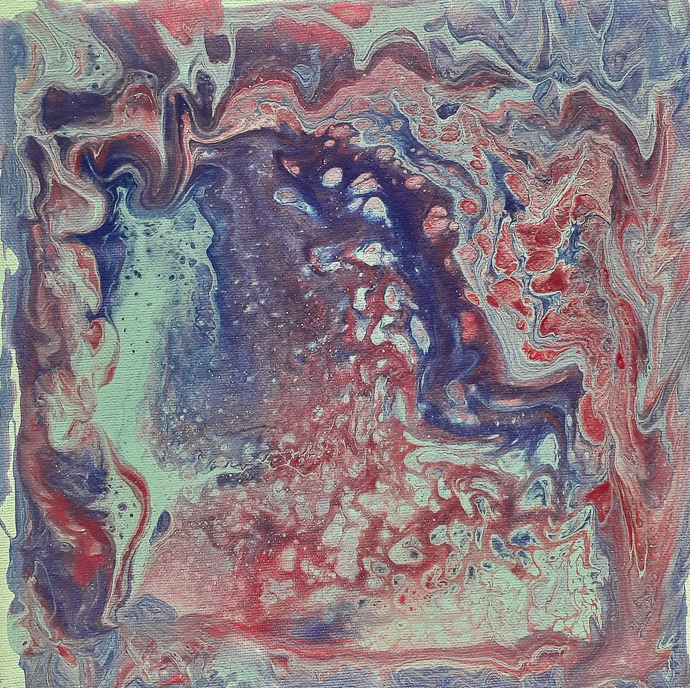Remember a while back I had the best time using Liquitex Pouring Medium. It was a ton of fun. This time I experimented doing pour art (which is what I am going to call it now) a little differently.
***This post contains affiliate links.***
This time I bought Floetrol. It is so much less expensive then the Liquitex Pouring Medium (LPM from now on). The process of pouring is very similar to the LPM. I also got silicone this time. I also got those fun little pouring strainers, but wound up not really using them. Of course, I still had canvases, rubbing alcohol, paper cups and plastic spoons for mixing.
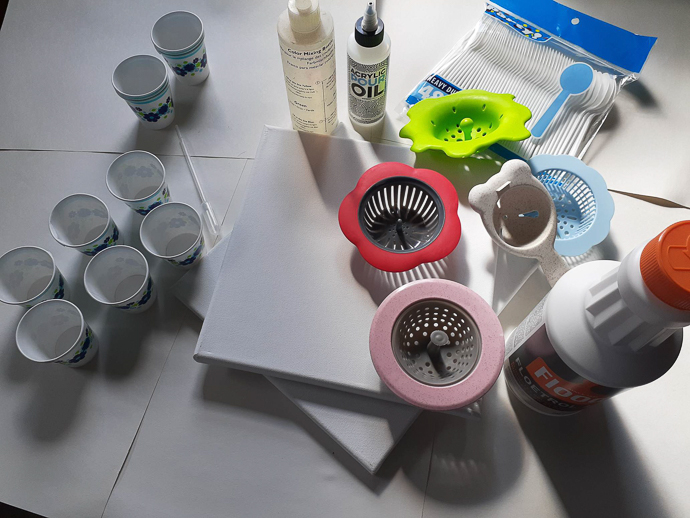
The Process for Pour Art
That is a funny heading, as pour art really is as process oriented project as they come.
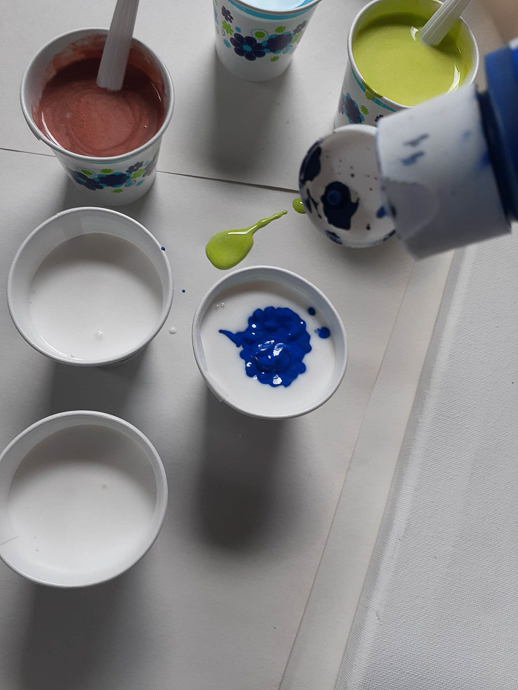
Same 3 to 4 parts of floetrol to 1 part paint, add a bit of rubbing alcohol. Mix well.
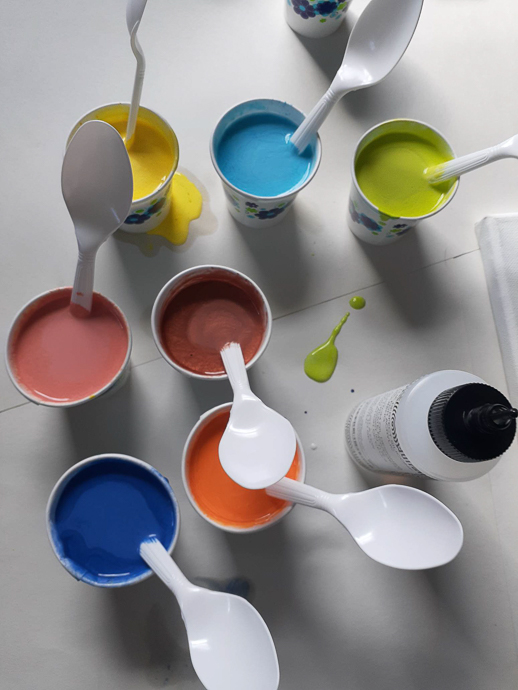
Once I had all my paint mixed, I put three colors into a cup, and swirled around without overmixing.
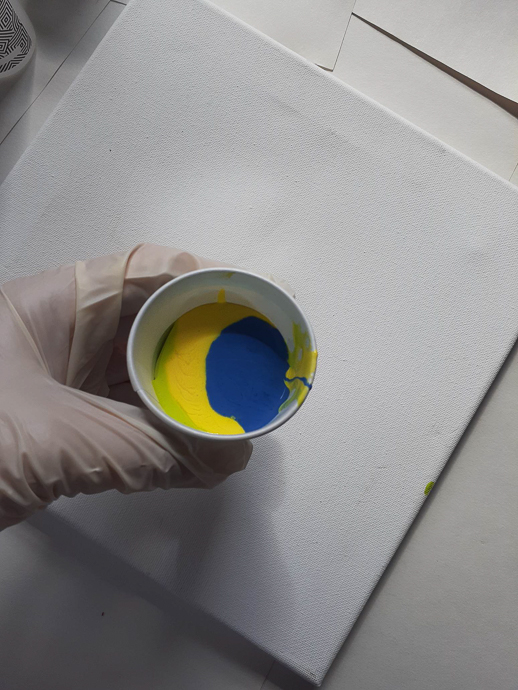
I added silicone gel to the mixture as well, and just swirled it around.
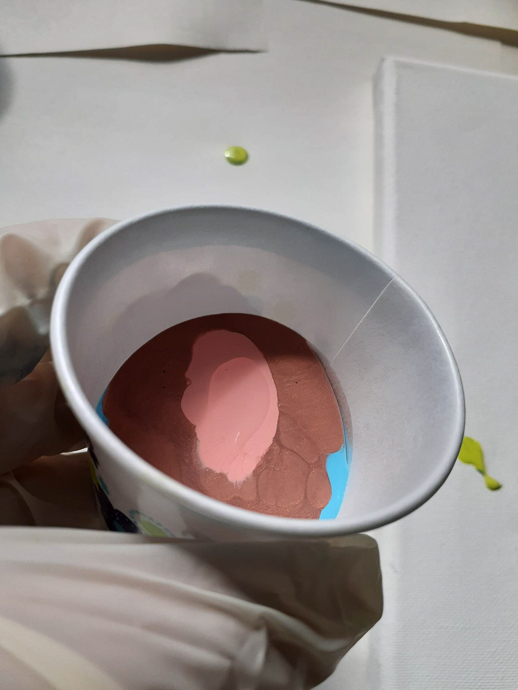
Once ready, cover the cup with the canvas, flip over. Allow the paint to run down.
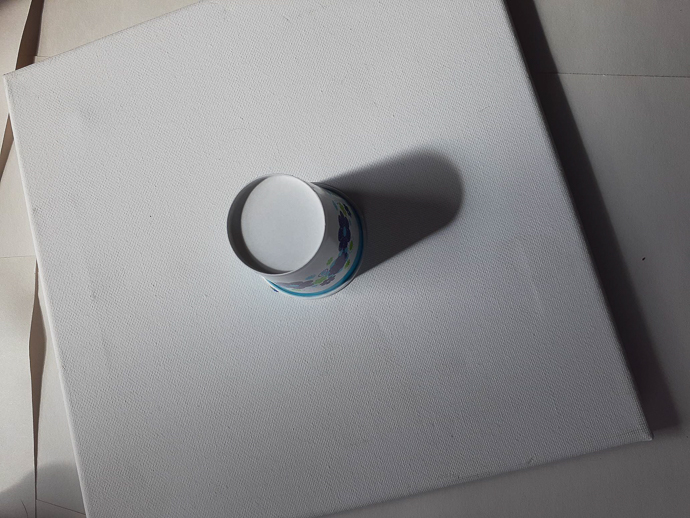
Then lift the cup.
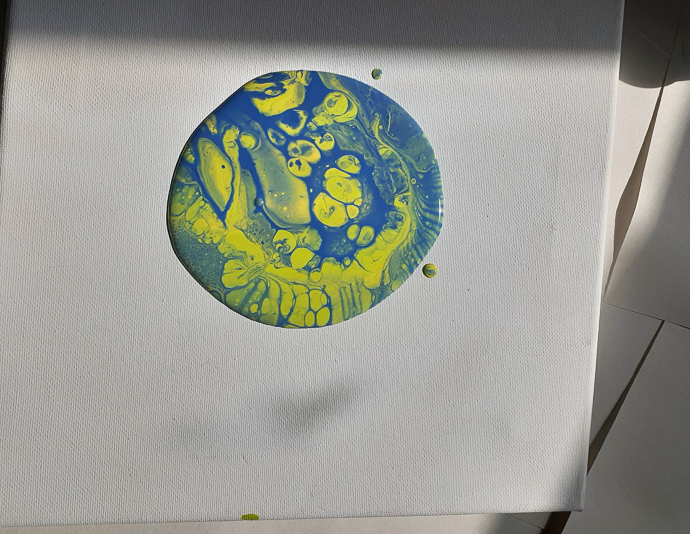
Move the canvas gently around, allowing the paint to spread.
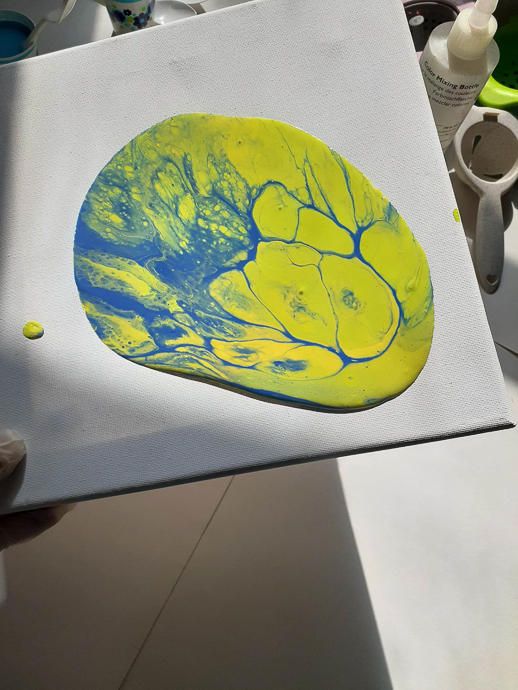
Repeat the steps and do a second pour if necessary.
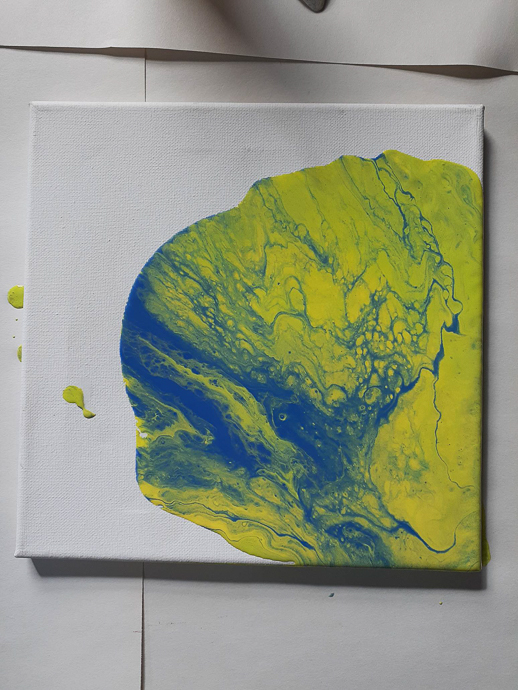
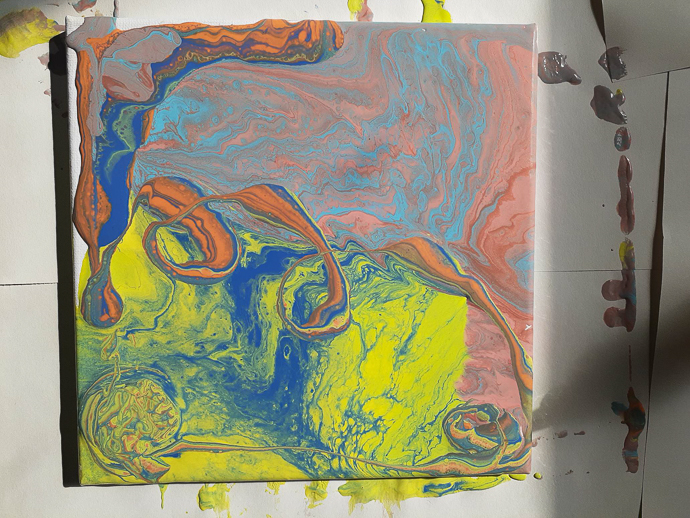
Here is my finished experiment:
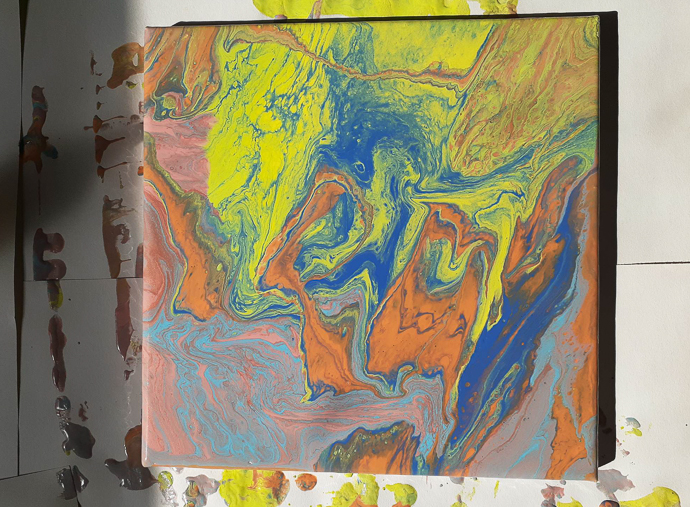
Working in a classroom
The kids get to mix 5 colors, and do two pours onto one canvas. If they need more, I let them walk around and see if their friends have left over floetrol/paint mix that they can borrow. Most of the time it works out perfectly well. Rarely they need an extra paint mixture.
Here is the interesting part about these projects. We did them, left them to dry in the room. Then Covid happened, and everything got shut down. WE DIDN’T GET TO RETURN TO GET THE PAINTINGS FOR OVER A YEAR AND A HALF. Which is totally crazy. The first image is a photo of the day the painting was poured. The second image is a year and a half later, when I was able to pick the paintings up. Finally. I want to note that after a year and a half, in what, I am sure, was either a very hot or very cold room, the silicone oil did not leave a residue. Note, the light in the room vs. my garage is very different.
The rest of the images are just singular ones from either one of the days:
Main difference that I noticed between Floetrol and LPM is the texture at the end. Floetrol is definitely more matte, while LPM is much more glossy when dry. Personally, I prefer LPM, but to keep costs down with a group, Floetrol provides an excellent experience and results.
